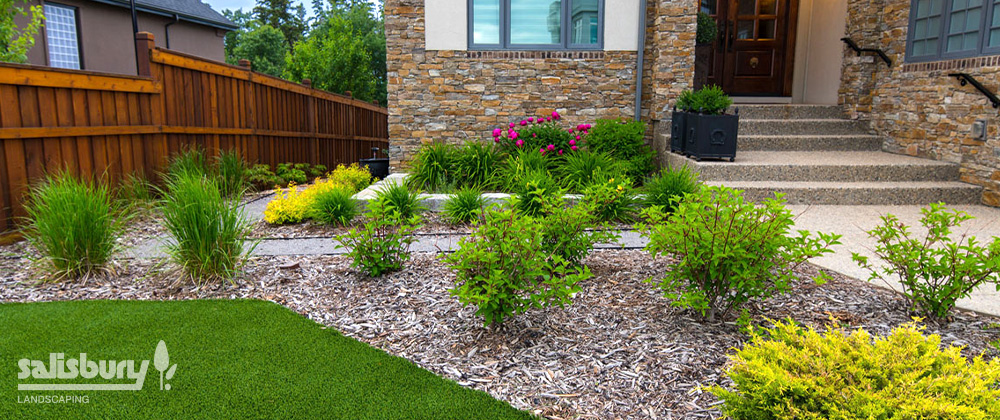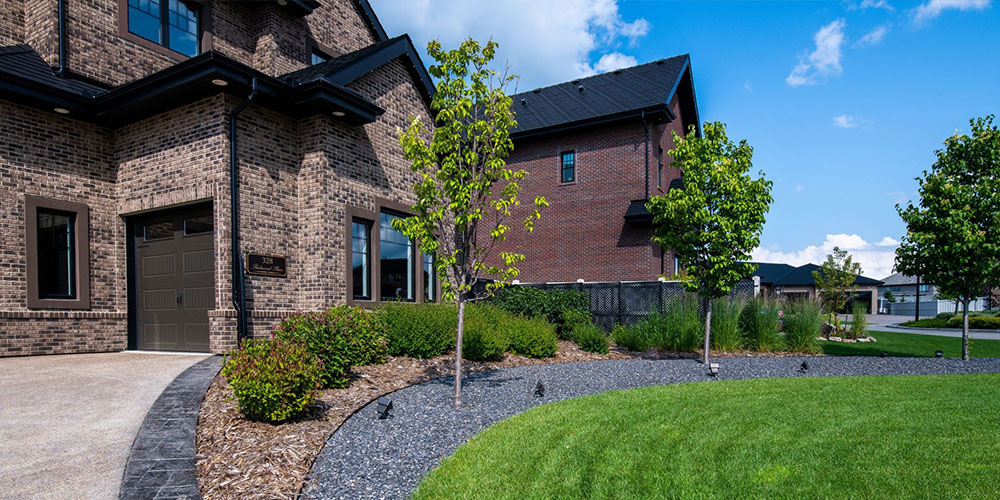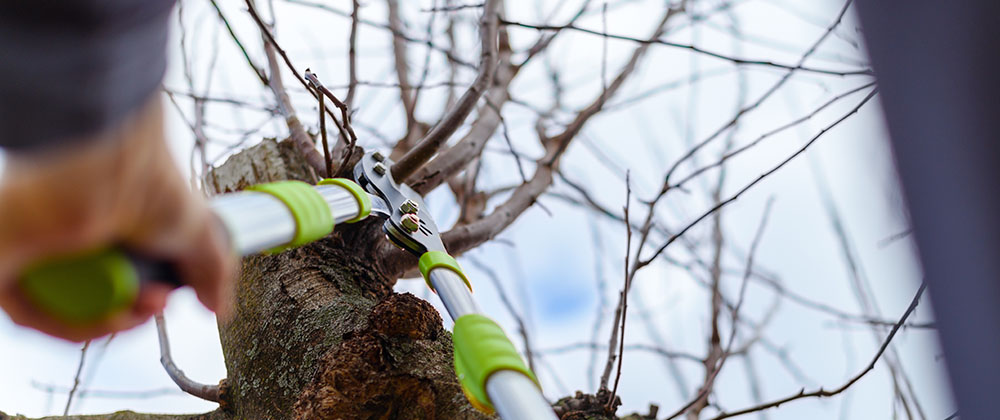As beautiful as they are, snow and ice are a huge hassle to deal with during our Edmonton winters. So, once the weather warms up, it seems like we’re home-free, right? Well, not exactly—melting snow has its own special brand of havoc to wreak on your landscape. Here’s what to expect, and what to do about it.
How Melting Snow Affects Your Lawn
As that blanket of snow melts down, all the pollution, chemicals, and other nasty stuff that had been waiting under the surface get released into your landscape.


Freeze/Thaw Damage
Finally, the snow itself can cause damage to grass roots if we get a particularly vicious freeze/thaw cycle, which is far from unheard-of in Edmonton. Weak, struggling grass is an open invitation for aggressive weeds. Preventative measures in the fall are your best defence against this kind of damage, but an excellent spring lawn maintenance routine is the next best thing to help your yard recover.
Salt Damage
Salt that has travelled from the roadways and walkways can impact the ability of your lawn to bounce back from the winter. Fortunately, you can normally counteract this issue with aeration, proper fertilizer application, and a deep drink from your garden hose.
Doggie Damage
However, salt isn’t the only thing lurking in the snowbanks. If you have a family dog that relieves themselves on the lawn, expect to find some brown patches waiting for you when the snow disappears. These dead patches are a form of “fertilizer burn” from the nitrogen-rich urea your pet leaves behind. To fix these areas, you may need to counteract the effects of the urea with an application of powdered limestone. De-thatch, apply the limestone, water, and wait a week before covering the area with soil and overseeding.
Effects of Melting Snow on Hardscapes
It’s sort of amazing how much damage a little water can do, even to something as solid as a paved walkway. The normal freeze/thaw cycles that occur in the early spring can cause pretty significant damage to your hardscaping.


Poured Concrete
Poured concrete hardens into a solid slab, which is perfect for creating a smooth, firm, flat surface to walk on. However, when the snow begins to melt in the early spring, water trickles under the slab and collects in all the little nooks and crannies beneath the surface. Inevitably, the temperatures will drop again, causing the water in these areas to freeze and expand. Concrete has many good qualities, but flexibility is not one of them—so these areas tend to simply crumble away. Every time a freeze/thaw cycle happens, more water continues to enter the ever-expanding spaces before expanding and causing more damage. This is why it’s so common to spot cracking concrete, sunken or crumbled areas, or every Edmontonian’s favourite—potholes.
Interlocking Pavers
Like poured concrete, interlocking pavers are intended to create a level surface for walkways, driveways, and outdoor living spaces—but they’re also vulnerable to the wrath of the freeze/thaw cycle. The benefit interlocking pavers have over concrete slabs are the seams between them, which allow for some movement as the ground expands. There are pros and cons to this increased flexibility. The main disadvantage is that pavers are prone to shifting and heaving, which needs to be repaired. The benefit is that putting a couple of pavers back in place tends to be much easier than re-paving a whole driveway!
When it comes to preventing hardscape damage, professional installation is key. Our team is well-trained to install hardscapes that will resist the effects of freezing and thawing. On top of that, all of our work is guaranteed by a full-year warranty to ensure you’re left with a pristine landscape after the snow melts.
Melting Snow and Landscape Plants


Landscaping plants also take a beating in the springtime, particularly if your yard has soil with high clay content or poor grading. Most plants have very little tolerance for standing water, as it prevents oxygen from penetrating the soil and essentially drowns the roots. Clay soil tends to drain slowly, causing water to pool in low areas. If you have plants in lower areas of the landscape and the lot hasn’t been properly graded, your plants may end up sitting in puddles of melted snow. Many plants cannot survive these conditions.
Our team at Salisbury Landscaping works proactively to ensure this doesn’t happen. Lot grading is one of the most important aspects of our job, and we follow strict standards to comply with the city bylaws. It’s enough of a problem to replace a few drowned shrubs or perennials, but if water is also collecting around your home’s foundation, you’re dealing with a potential disaster!
Spring Inspections
Every spring, we encourage all of our customers to enjoy some fresh air and take a good look through their landscape. Look for anything that seems damaged or out of place. If you spot anything that seems off, give us a call! Our Warranty team can answer your questions and address the issue promptly.


While melting snow can cause its share of issues, the good news is that it also signals the beginning of spring! That means another season of beautiful weather, lush gardens, and outdoor living in Edmonton.






